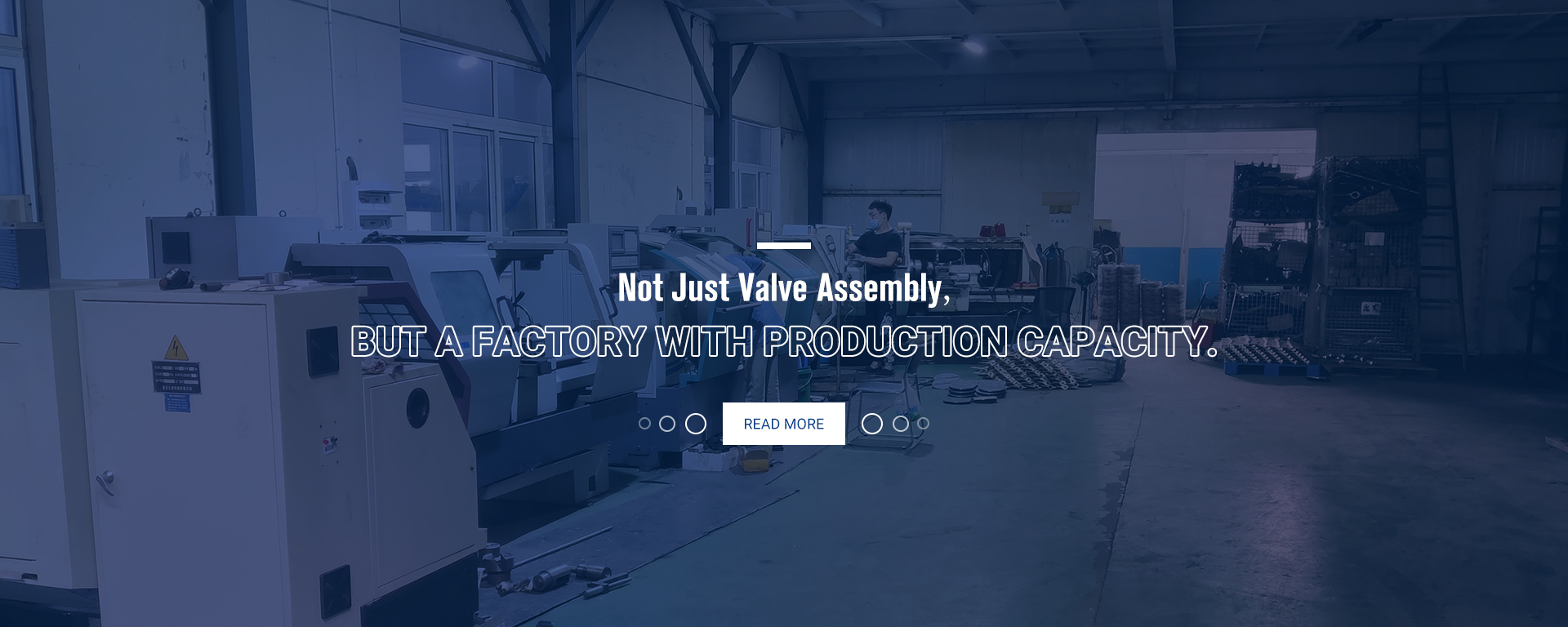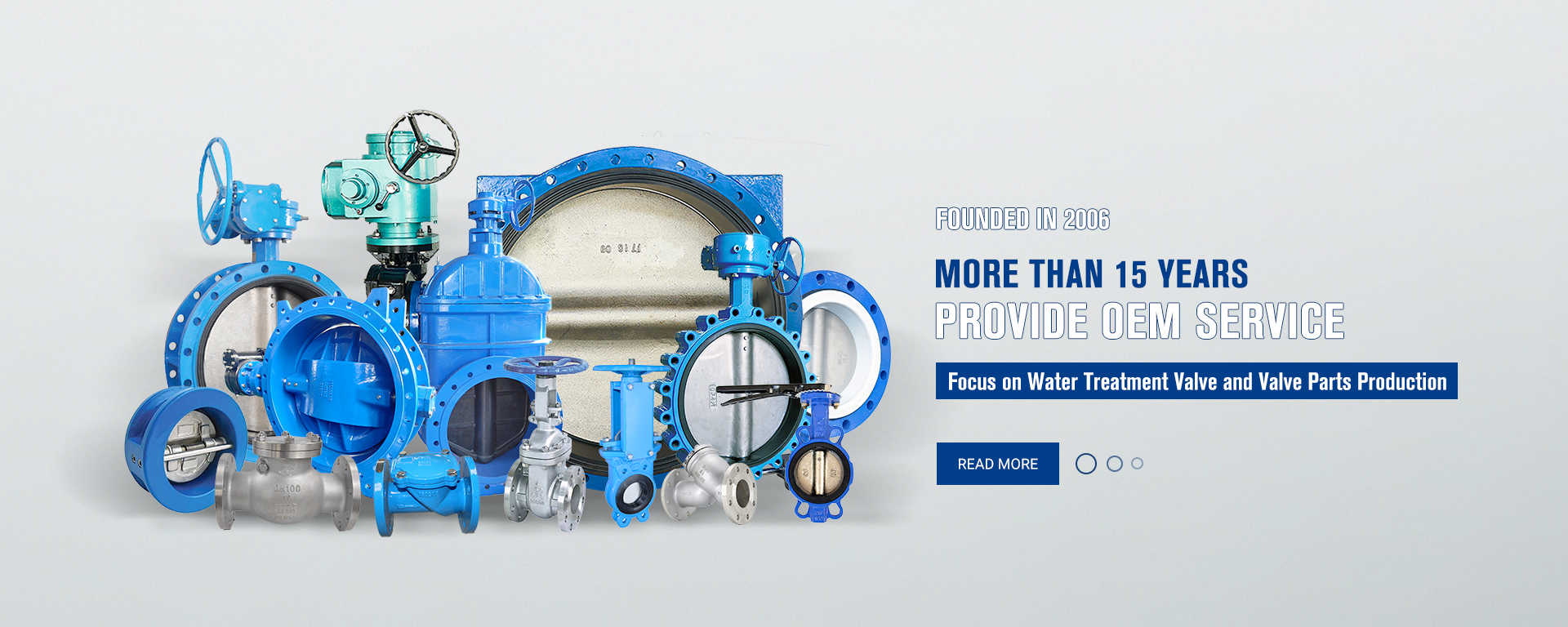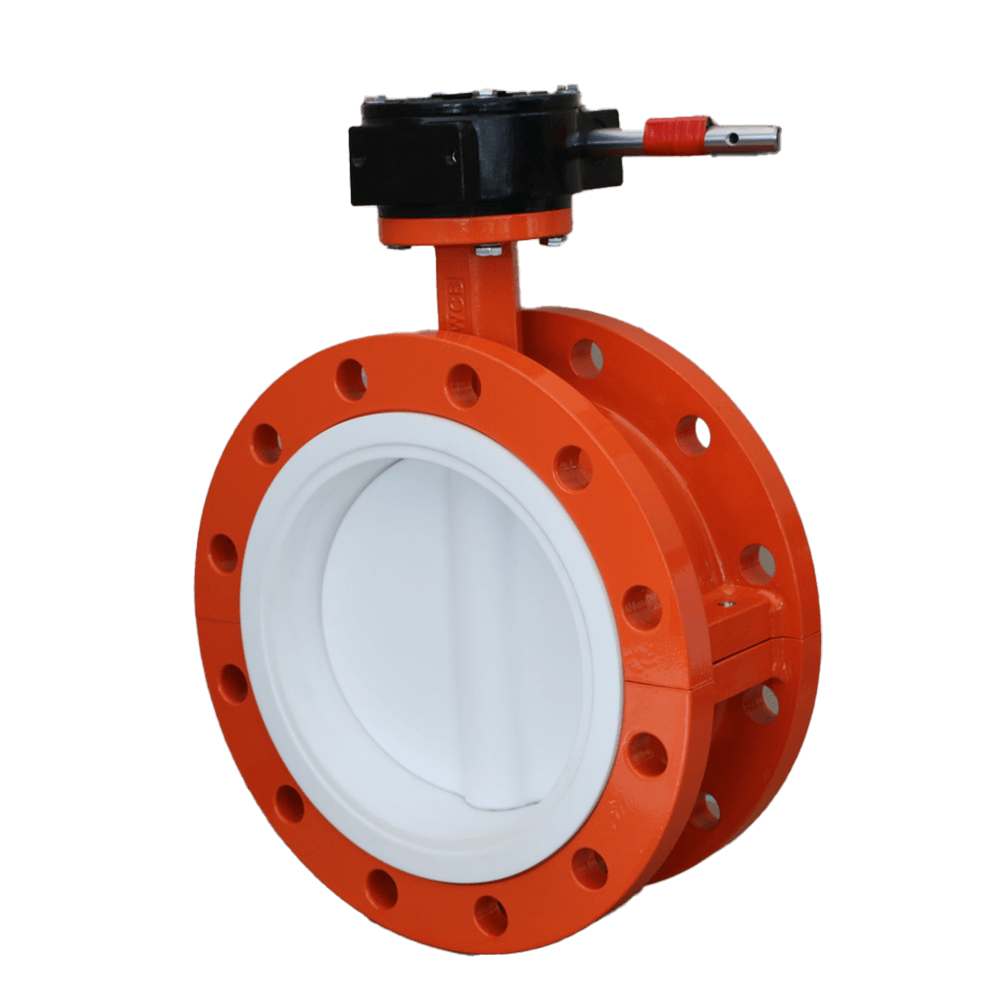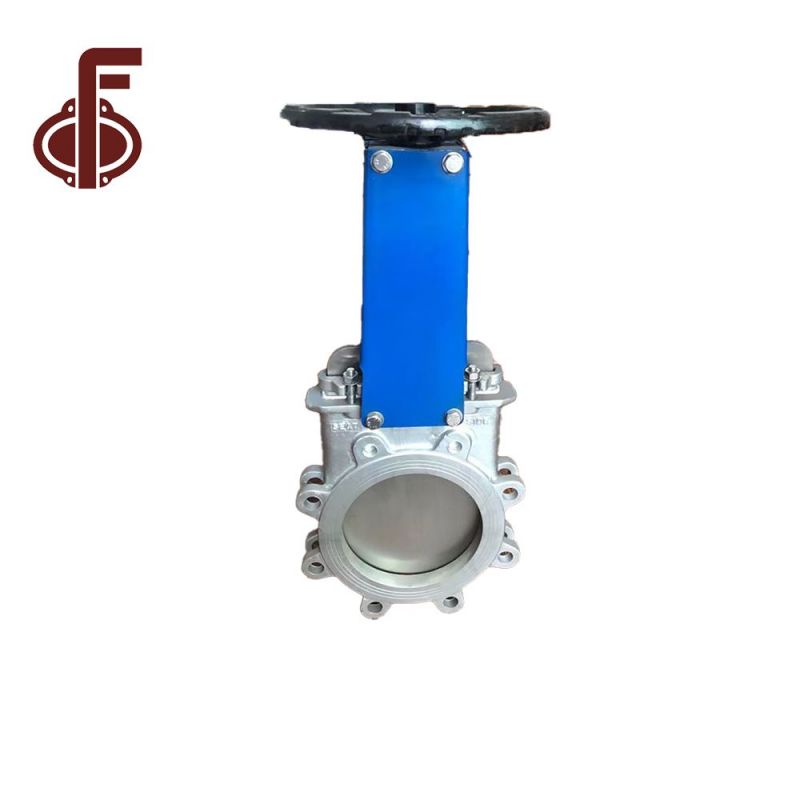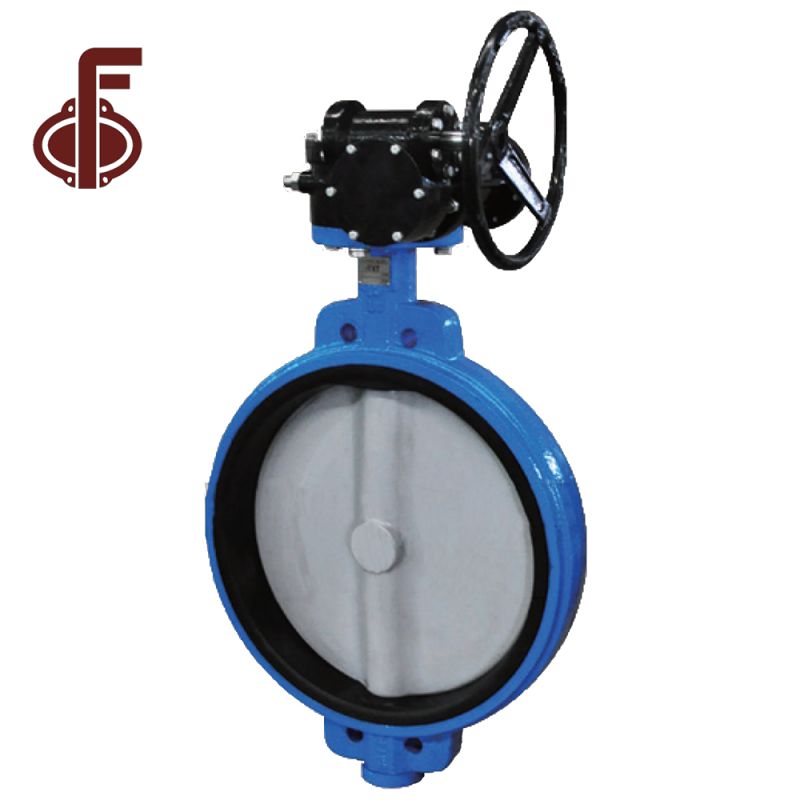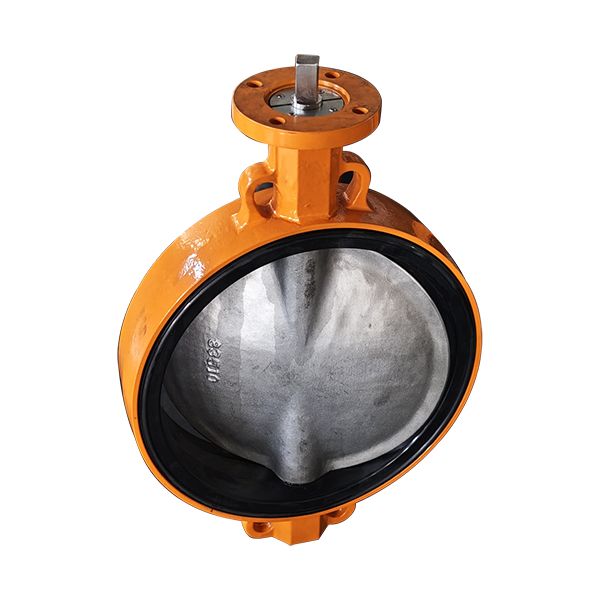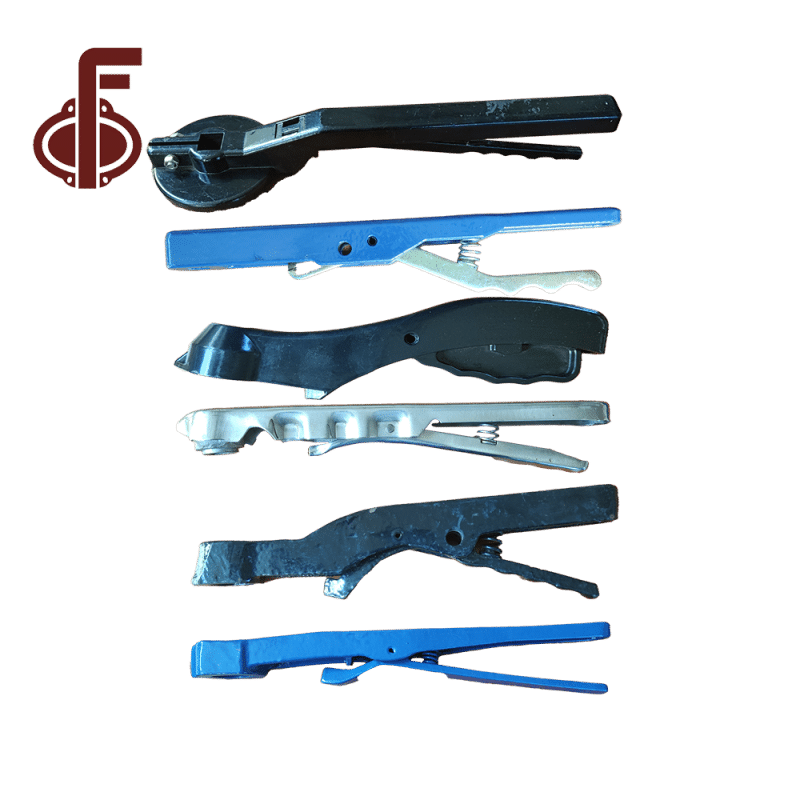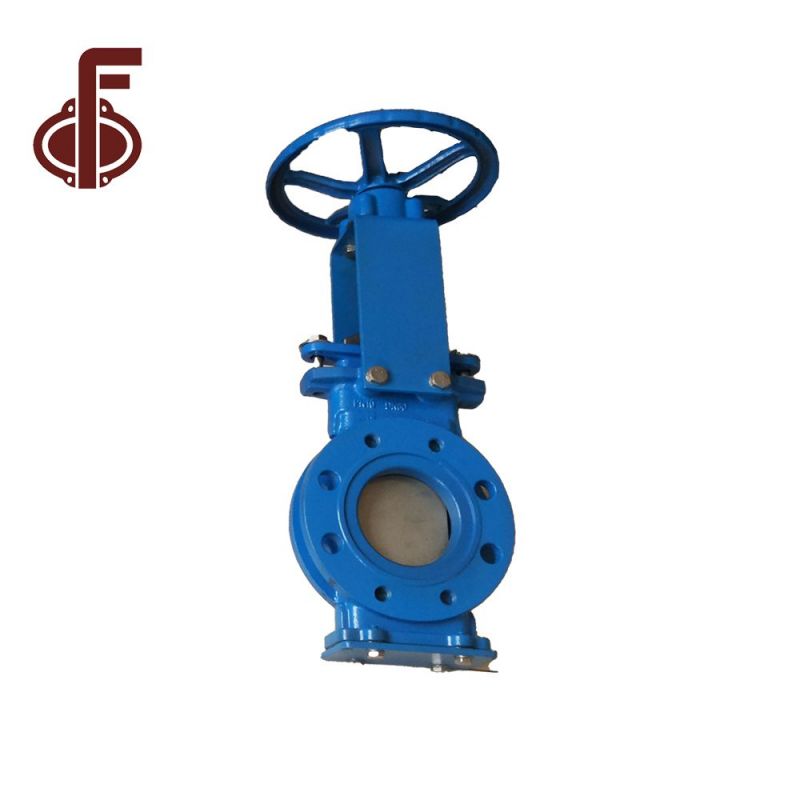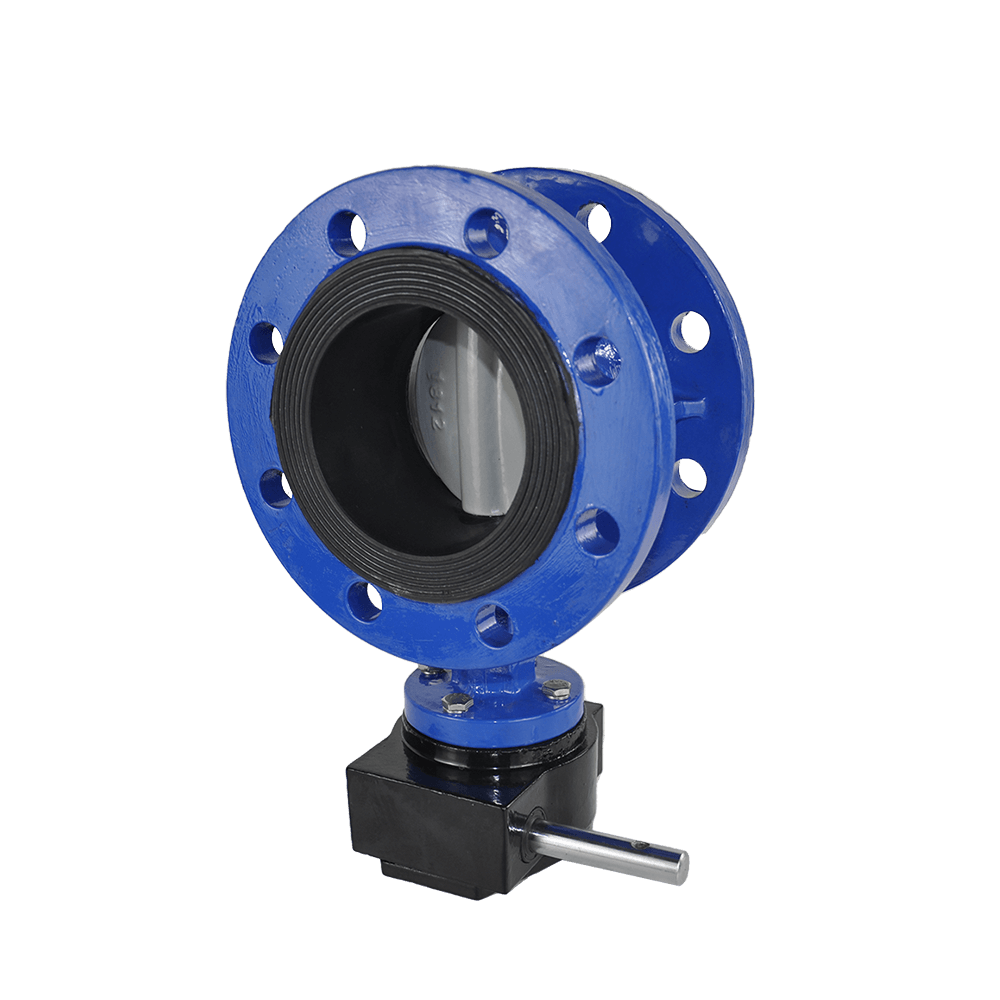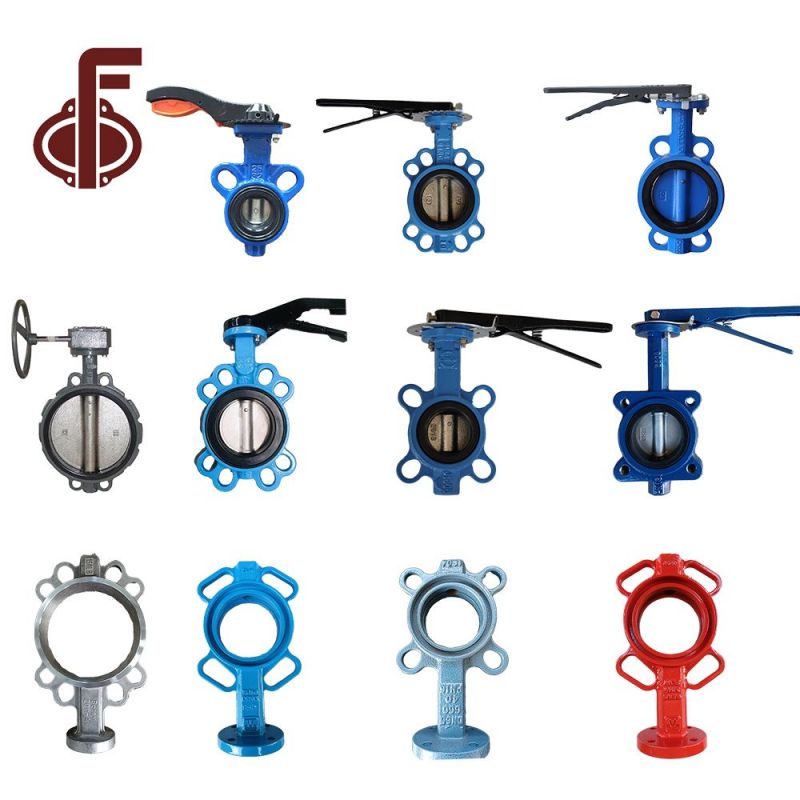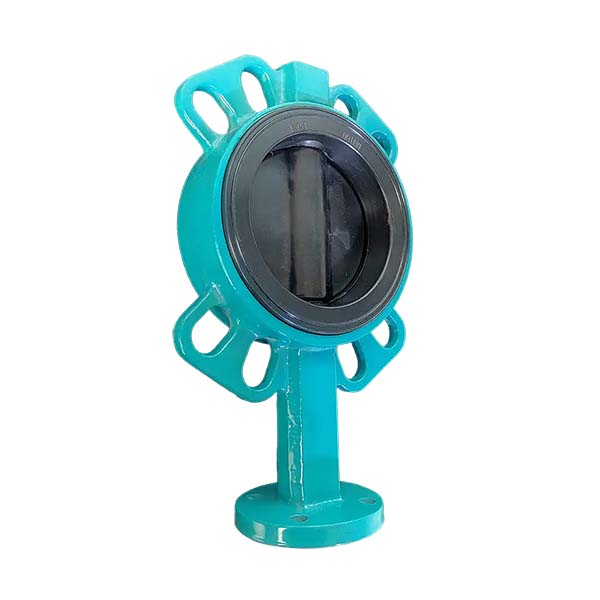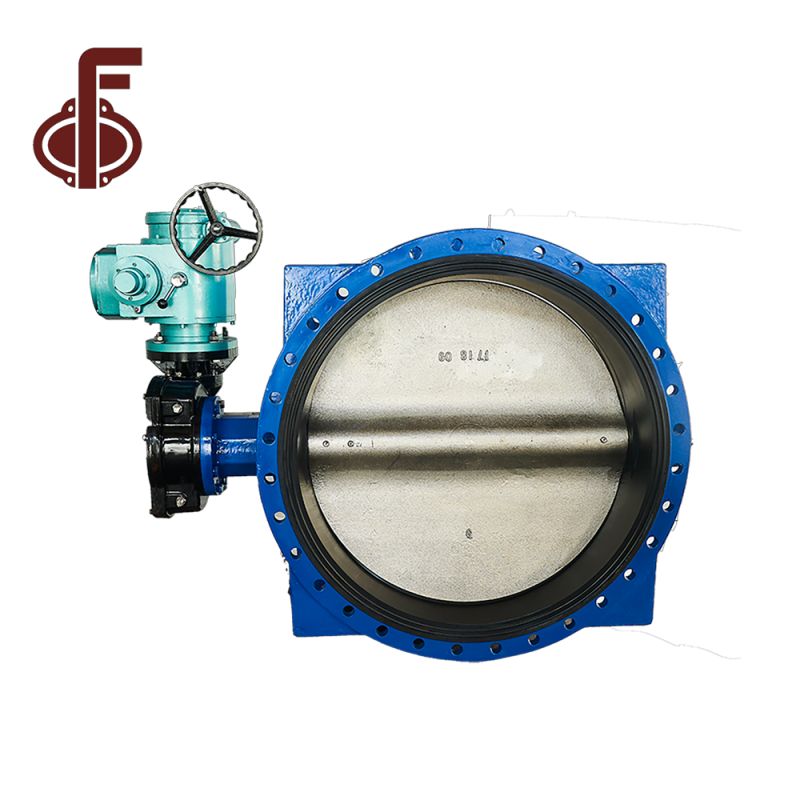Butterfly Valve Weight Chart - Manufacturers, Factory, Suppliers from China
In an effort to finest meet up with client's requirements, all of our operations are strictly performed in line with our motto "High High quality, Competitive Rate, Fast Service" for Butterfly Valve Weight Chart, Butterfly Valve Stem, Fully Lugged Butterfly Valve, Butterfly Valve Lever Type,Electric Butterfly Valve. Items won certifications with the regional and international primary authorities. For far more detailed information, please contact us! The product will supply to all over the world, such as Europe, America, Australia,Croatia, Hungary,Mecca, Portugal.Each year, many of our customers would visit our company and achieve great business advancements working with us. We sincerely welcome you to visit us at any time and together we will prevail to a greater success in the hair industry.
Related Products
